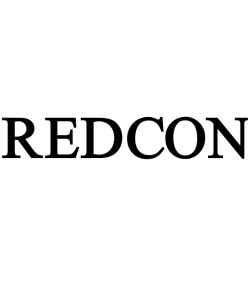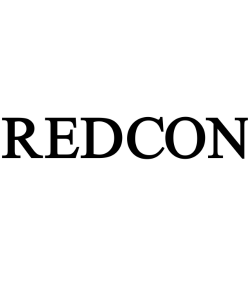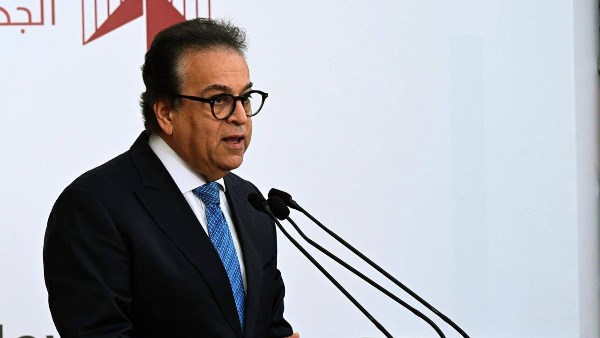
US Mortgage Rates Rise to 5.3%, Highest Level Since July 2009

US mortgage rates jumped again this week, extending a steep climb that is shutting some would-be homebuyers out of the market.
The average for a 30-year loan was 5.3%, up from 5.27% last week and the highest since July 2009, Freddie Mac said in a statement Thursday.
Rates tracked yields for 10-year Treasuries, which last week reached 3% for the first time since 2018. US consumer prices rose more than forecast in April, signaling the Federal Reserve will need to be aggressive in its efforts to contain inflation. As the Fed raises benchmark interest rates, mortgage costs are expected to follow.
In what’s traditionally the housing market’s busiest and most competitive season, higher rates will put more pressure on buyers to seal deals before loans get even more expensive. Others are delaying home searches after calculating that they can’t afford bigger mortgage bills.
At the current 30-year average, a borrower with a $300,000 mortgage would pay $1,666 a month, $384 more than at the end of last year.
Demand for homes is still strong, and buyers “continue to show resilience” in the face of rising rates, Sam Khater, Freddie Mac’s chief economist, said in the statement. “Several factors are contributing to this dynamic, including the large wave of first-time homebuyers looking to realize the dream of homeownership. In the months ahead, we expect monetary policy and inflation to discourage many consumers, weakening purchase demand and decelerating home price growth.”
Adjustable-rate mortgages are becoming more popular as a cheaper option. Last week, ARMs -- with variable interest rates that reset based on the market at predetermined times -- accounted for the biggest share of home-loan applications since 2008, data from the Mortgage Bankers Association show.
The current average for five-year ARMs is 3.98%, Freddie Mac said, up from 3.96% last week.





-1120252475029447.jpg)
-920252122624392.jpg)















